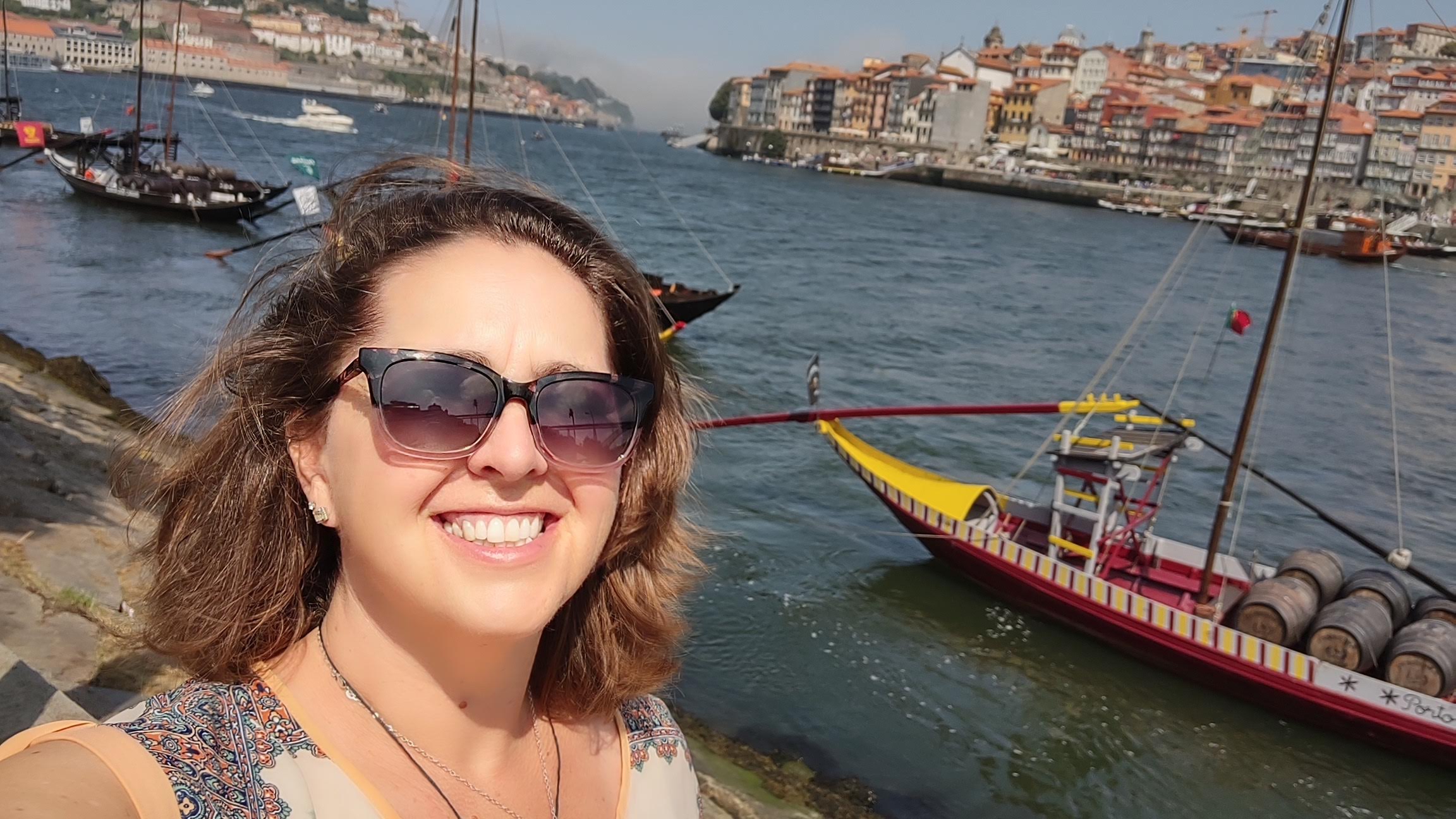 Peripheral nerve stimulation is becoming a more commonly-used treatment for nagging pain issues and even more serious conditions like rare neuropathies. The technology uses electrical energy to modulate pain messages being sent to the brain. Doctors determine which nerves are causing the problem, and then using high-tech imaging, they place thin wires called leads and a tiny, implantable pulse generator (IPG) under the skin. The IPG’s small size gives the physician more flexibility to insert the IPG in just the right spot to treat the chronic pain. When the system is turned on, the IPG emits gentle, electrical impulses to override pain signals to the brain. A remote control or a mobile app lets patients dial the stimulation up or down depending on their needs. A clip-on therapy disk holds the battery in place over the IPG.
Peripheral nerve stimulation is becoming a more commonly-used treatment for nagging pain issues and even more serious conditions like rare neuropathies. The technology uses electrical energy to modulate pain messages being sent to the brain. Doctors determine which nerves are causing the problem, and then using high-tech imaging, they place thin wires called leads and a tiny, implantable pulse generator (IPG) under the skin. The IPG’s small size gives the physician more flexibility to insert the IPG in just the right spot to treat the chronic pain. When the system is turned on, the IPG emits gentle, electrical impulses to override pain signals to the brain. A remote control or a mobile app lets patients dial the stimulation up or down depending on their needs. A clip-on therapy disk holds the battery in place over the IPG.
Melanie Honeycutt learned about nerve stimulation from Sansum Clinic pain specialist, Emanuel Zusmer, MD who recommended it for the longtime troubles she had with her foot. “Melanie was a good candidate because she had already tried and failed using many different traditional therapies including medications, physical therapy, conservative care measures and nerve blocks,” explains Dr. Zusmer. “She was motivated to get well and was optimistic that I could help her.”
Melanie had a host of different foot issues, including plantar fasciitis (tissue inflammation from heel to toes) which had disrupted her quality of life for a long time. Even surgery did not provide enough relief, and the pain presented many physical challenges. By the time Melanie saw Dr. Zusmer, hiking and more strenuous physical activity seemed unbearable. She had trouble finding comfortable shoes. As a tech education teacher at Cabrillo High School in Lompoc, Melanie constantly hid her leg to protect from students bumping into it. “If someone hit the top of my foot, I pretty much was on the floor screaming,” describes Melanie. “I tried many things to make it better, but nothing worked. I was really tired of being that guarded all the time. “ Dr. Zusmer implanted Melanie’s Nalu Neurostimulation system into her foot in September of 2022. A day after it was activated, she could walk without worrying. “My husband tapped on my foot and I didn’t react, which I thought was a pretty good test,” she shares. An office visit helped Melanie learn how to use the battery, and properly adjust the stimulation to avoid a tingly feeling that happens if it’s set too high. The results were impressive. Within a few months, Melanie was back to yoga, hiking and walking, perfect timing for her summer trip to Europe. The highlight was walking the Wicklow Way trails in Ireland, something she could not have imagined doing before. “It is so nice to not have the mental strain of being so guarded. I was able to log 128 miles over the course of the summer. Just yesterday, I clocked nearly 17,000 steps,” she exclaims. One other benefit Melanie noticed from the Nalu system was that after exercising, she recovered more quickly and was less fatigued.

Melanie (bottom right) hiking the Castle of Moors in Ireland, July 2023
In November 2023, the Pain Physician Journal published results from a clinical study on the use of the Nalu System for 35 patients suffering from chronic pain in their lower back or legs. 86% of patients reported themselves as “responders” who experienced at or above 50% pain relief in their low back and leg(s). 54% of patients with low back issues and 49% of patients with leg issues reported themselves as “high responders” with at or above 80% pain relief. All patients reported that the wearable Therapy Disc was comfortable and easy to use.
While Melanie never pursued opioids for pain relief, pain specialists like Dr. Zusmer prefer to recommend alternatives to those painkillers since they work quickly, last longer and do not run the risk of dependence. The federal government has tried to manage the opioid overdose crisis by encouraging the development of alternative pain control methods, like nerve stimulation, and limiting the use of narcotics. The adoption of many of these alternative methods by the Food and Drug Administration (FDA) has been slow, mainly due to concerns over safety and resistance from insurance companies to cover the cost. The result is more opioid medications have been approved in the last five years than non-opioid options.

Melanie walking around Portugal’s Belem Tower, July 2023
Melanie is thrilled about the life improvements the Nalu nerve stimulation treatment gave her, but she also appreciates the manner in which she was treated by Dr. Zusmer. “He was the first doctor who believed me about my level of pain, and did not need to touch my foot in order to gauge it. I felt he would listen, and trust that I know what is going on with my body. This was huge,” she notes. Melanie’s device can stay implanted for 18 years because the rechargeable battery is external. All of the programming is done via a mobile app. Melanie carries a special exclusion card for any imaging or travel which may be of concern. Her students are very interested in her new piece of technology, and tease her that she is becoming a cyborg. Melanie can look back on her experience and feel confident that she now has a doctor who understands her, and a pain solution which gave her a different outlook on life. “Dr. Zusmer was so careful and cautious, it made me want to do just what he told me. I have had very good care in that office,” she says.
Sansum Clinic Pain Management Department >
Dr. Zusmer >